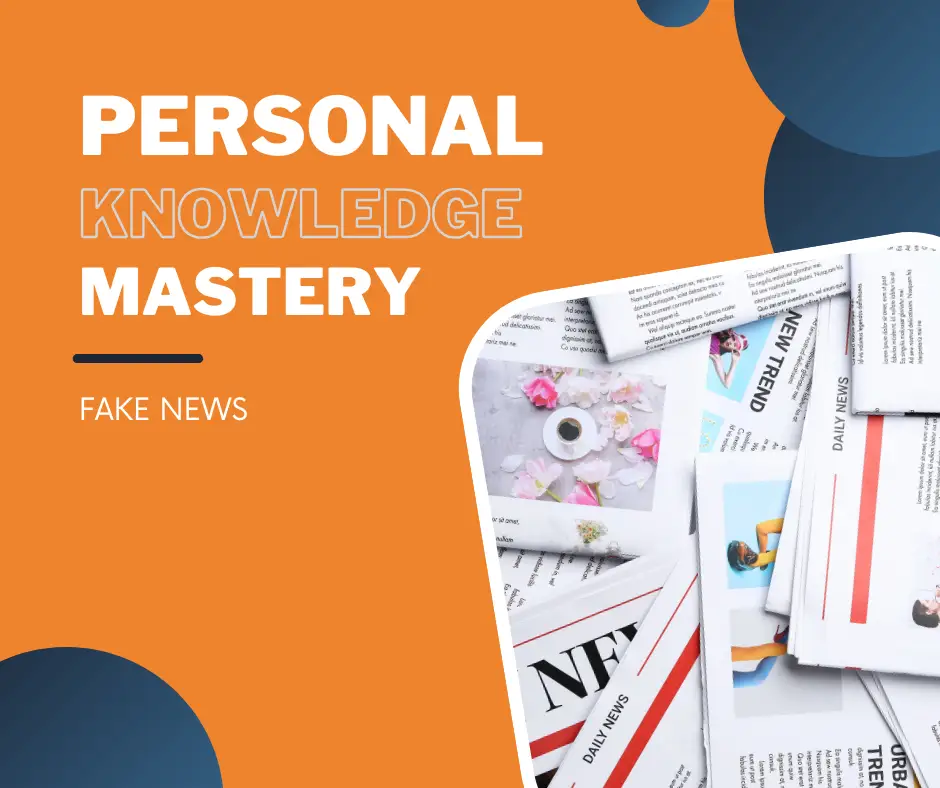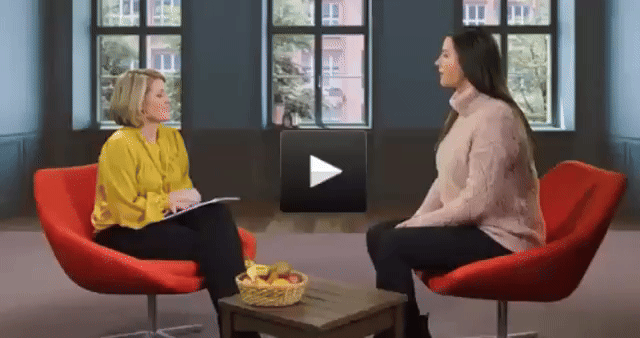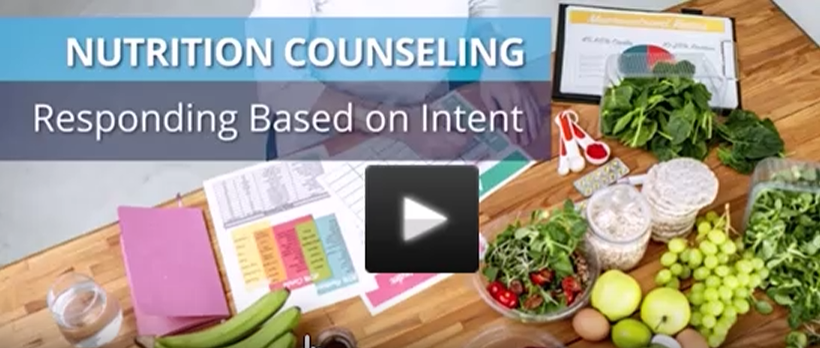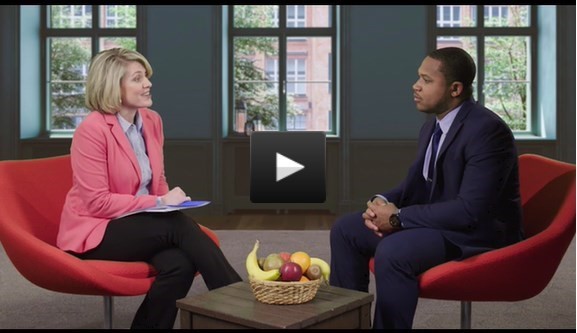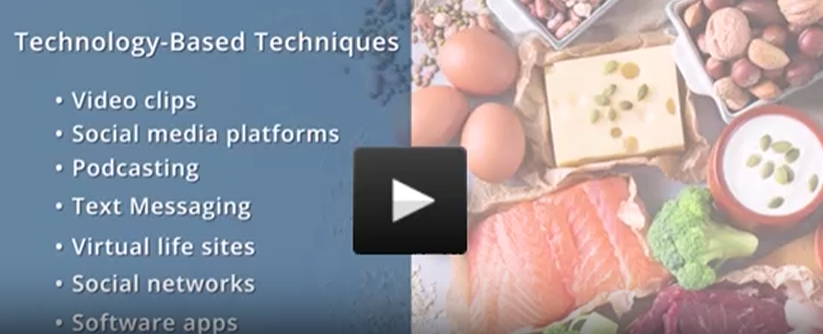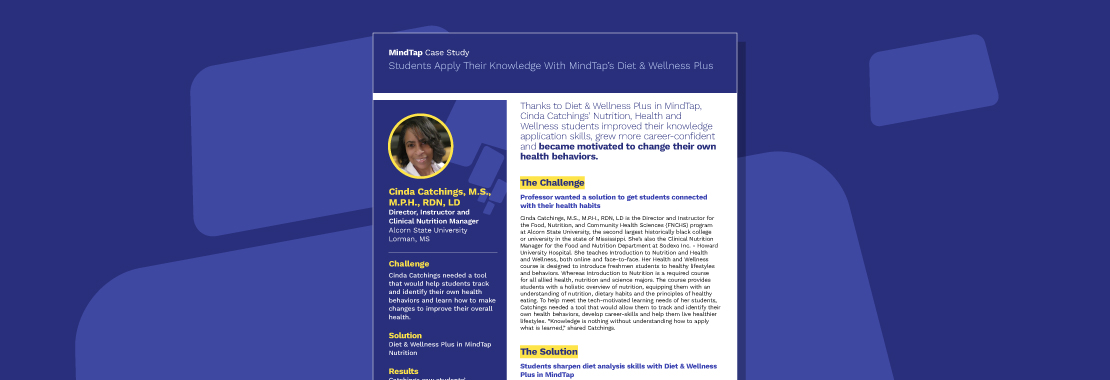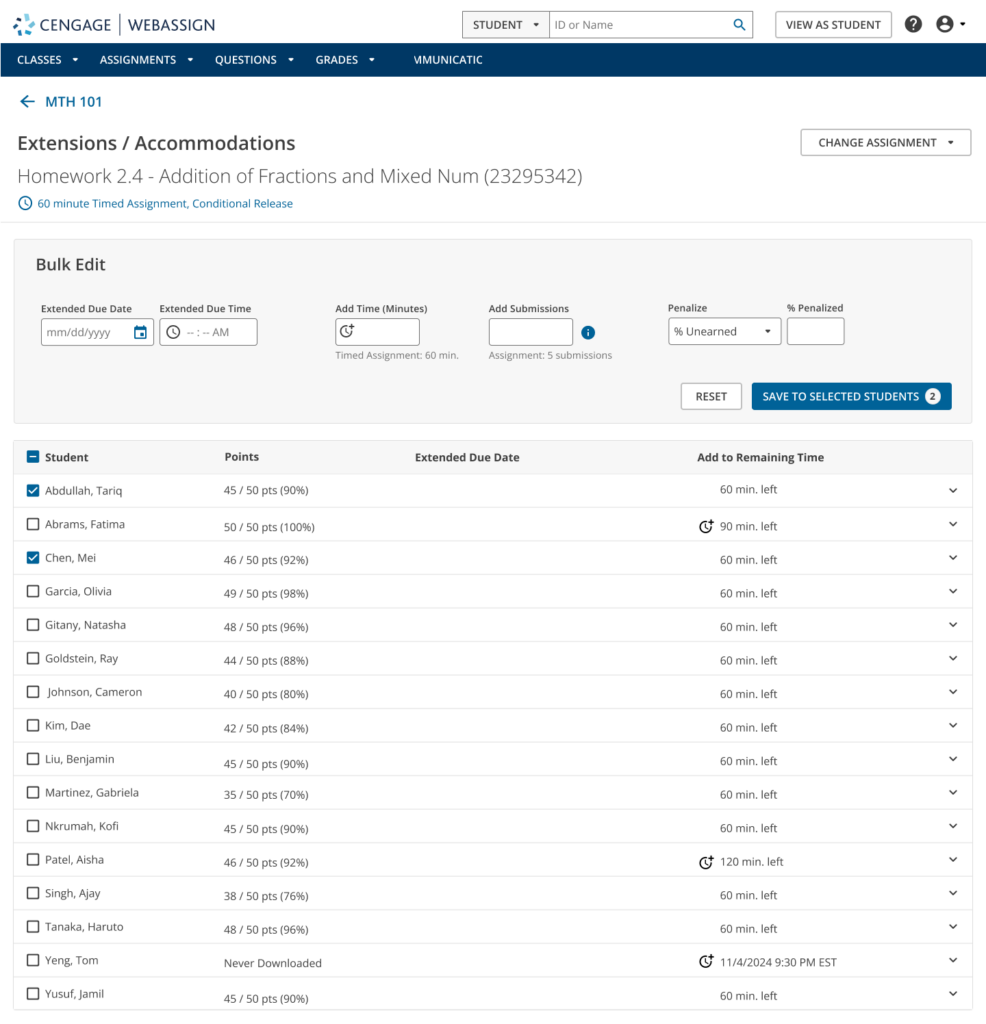This post is one of many, related to my participation in Harold Jarche’s Personal Knowledge Mastery workshop.
The topic for this lesson is fake news. Jarche instructs us that there are four primary types of fake news and he asks us to find an example of each type. I don’t normally post overtly political content here on my blog, but when it comes to the topic of fake news, it seemed easier to focus on politics than teaching and learning.
The closest I could come off the top of my head in my normal topics was the Dead Ideas in Teaching and Learning podcast, and the many podcasts I’ve done about grading and assessment. But I’m still going to stick with politics for now. Stop reading if you aren’t prepared to read examples of the current US presidential administration lying.
Four Types of Fake News
- Propaganda – Ideas, facts, or allegations spread deliberately to further one’s cause or to damage an opposing cause.” – Merriam WebsterExample – Snopes shares 12 times AI generated or doctored content was shared by Trump or the White House. These examples seem to fit under propaganda, since they attempt to influencing people’s attitudes and beliefs. Though that also sounds like disinformation to me and I’m still not clear I know the difference.
- Disinformation – “False information deliberately and often covertly spread (as by the planting of rumors) in order to influence public opinion or obscure the truth.” – Merriam WebsterExample – Trump states that there is no inflation in the US. There are some who say that Trump’s specific type of lying falls under the category of bullshit, as defined by Harry Frankfurt in his book, On Bullshit. Either way, it feels like shooting fish in a barrel to find examples of disinformation from this administration.
- Conspiracy theory – “Persist for a long time even when there is no decisive evidence for them… Based on a variety of thinking patterns that are known to be unreliable tools for tracking reality.” – The Conspiracy Theory Handbook, by Lewandowski + CookExample – Ok. So this isn’t a genuine conspiracy, rather it was satirical from the start. But given how I feel after finding those examples of propaganda and disinformation, I needed a little break. The “birds aren’t real” satirical conspiracy scratches a certain itch for me, as someone who enjoys learning about birds.
- Clickbait – “Text or a thumbnail that is designed to attract attention and to entice users to follow (“click”) that link and view, read, stream or listen to the linked piece of online content, being typically deceptive, sensationalized, or otherwise misleading… A defining characteristic of clickbait is misrepresentation in the enticement presented to the user to manipulate them to click onto a link.” – WikipediaExample – Bryan Tyler Cohen is rather notorious for using clickbait YouTube video titles on his main channel. I saw a video of him explaining that he knows they are frustrating to people, but that they really generate far more views, in his testing. He even created an alternate channel (Bryan Tyler Cohen News) with more toned down titles, which he suggests can be better to send to people who may be on a different side of the issues than him, politically.
My Muddiest Point
I’m having a hard time distinguishing between disinformation and propaganda. Jarche shared a quote from researcher Renée DiResta, who would prefer our focus be on the word propaganda, as it is more descriptive of the problem at hand.
El Pais: The problem is not misinformation
Q. Why do you prefer the word “propaganda” to “misinformation”?
A. Misinformation implies that the problem is one of facts, and it’s never been a problem of facts. It’s a problem of people wanting to receive information that makes them feel comfortable and happy. Anti-vaccine messages don’t appeal to facts, but to the identity of the recipient. They’re saying: “If you are a person on the right, you should not trust these vaccines.” It’s very much tied to political identity. Misinformation implies that if you were to say that Robert F. Kennedy Jr. is an absolute clown who knows absolutely nothing about vaccines or their relationship to autism, and that this has been researched to ad nauseam by scientists, if it were a problem of misinformation, you would assume that people would say, “Oh, here’s the accurate information, so I’m going to change my mind.” But that’s not the case. It’s a topic of identity, of beliefs, and that’s why propaganda is a more appropriate term.
But I’m still not entirely clear I can distinguish propaganda from disinformation at this time.
Handling Conspiracy Theories with Students
I have such a hard time navigating conspiracy theories with students who take business ethics with me. We have a whole section of the class where they learn how to use Mike Caulfield’s SIFT framework to fact check the articles they read about business ethics related news stories throughout our semester together. I’ve found it is practically useless to ask them the question from Mike’s mini course about if they or someone they’re close to has ever believed in a conspiracy theory before.
There’s so much of one’s identity that gets wrapped up in what we believe. Generally, they don’t view these beliefs as conspiracies if they or their loved ones believe in them.

